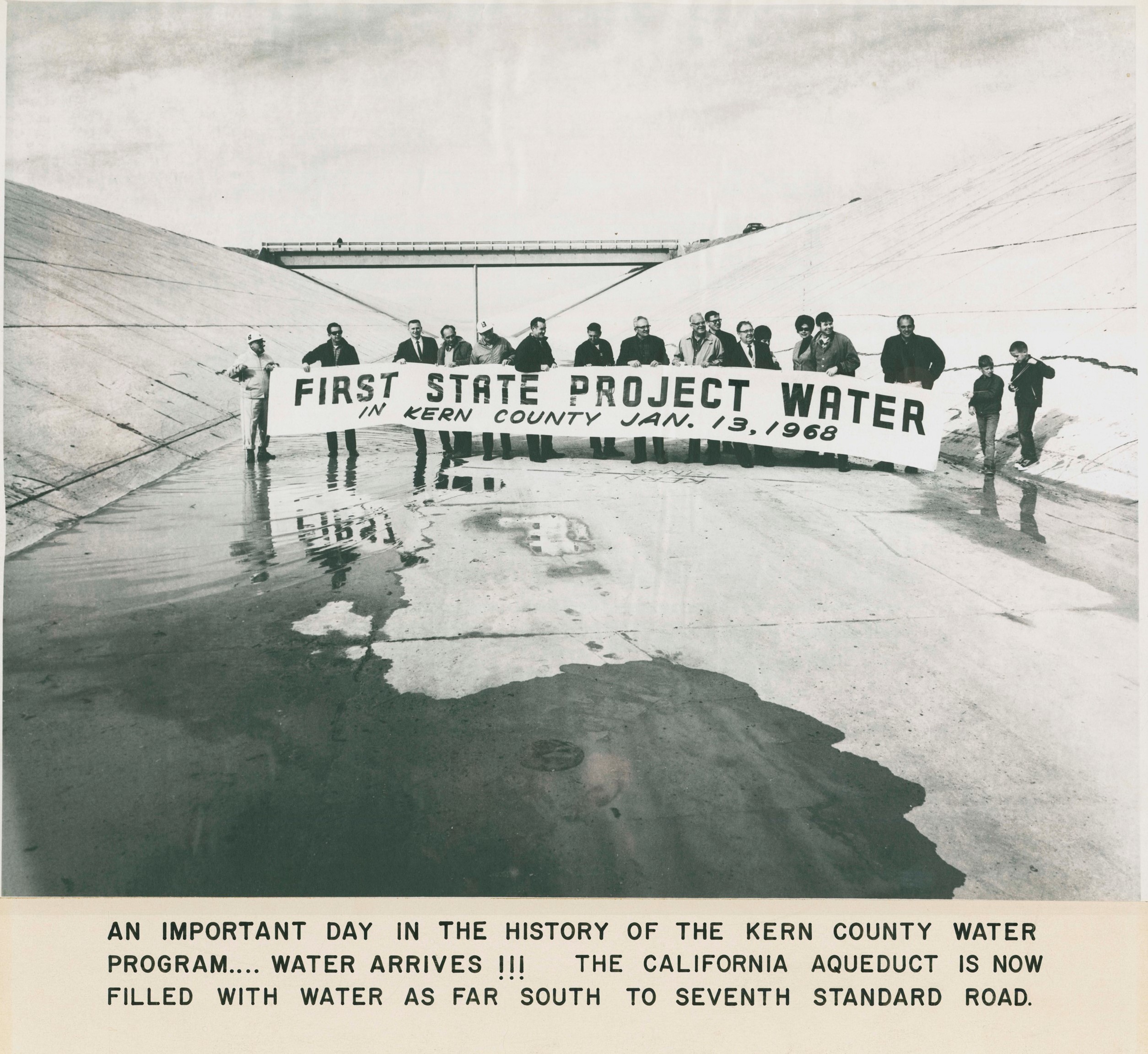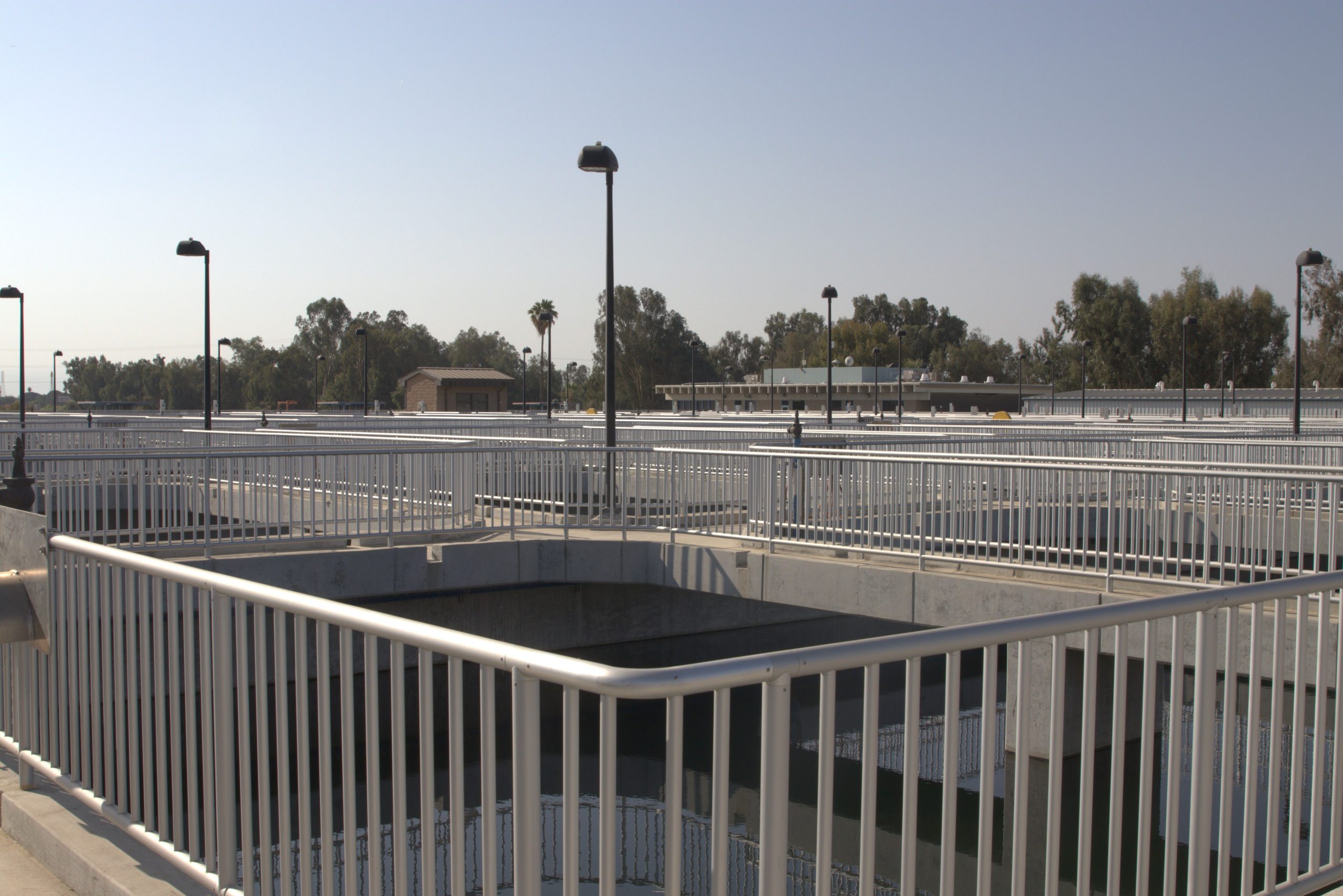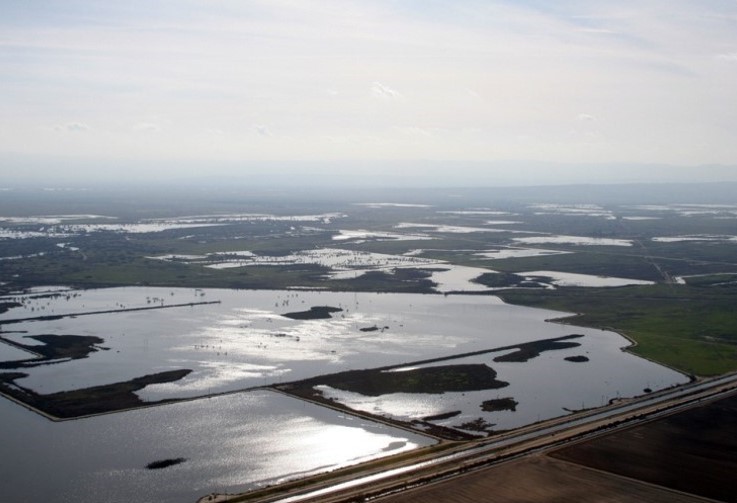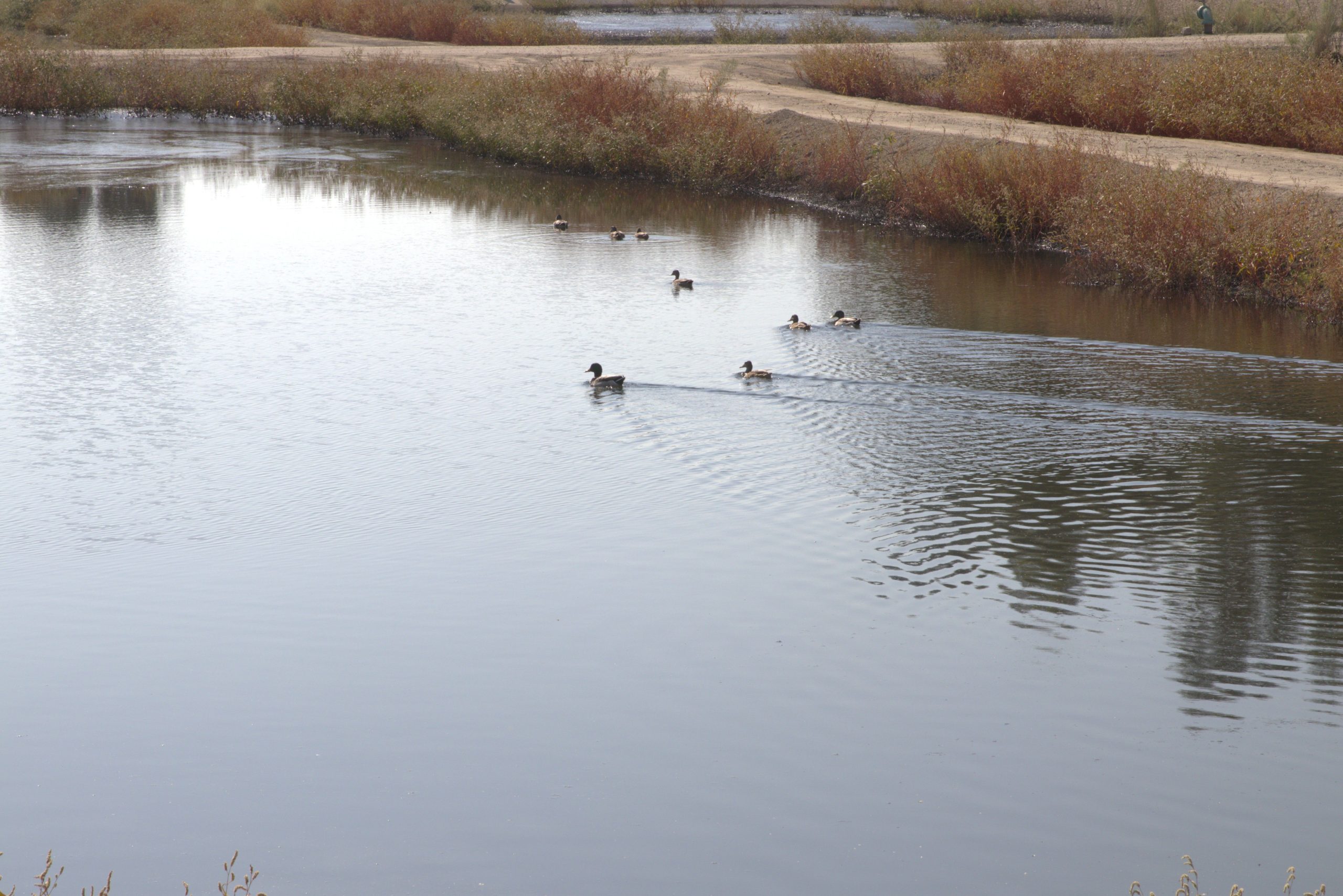Agency Function
The Kern County Water Agency's functional areas of responsibility include:
Kern County Water Agency manages SWP, groundwater banking, and flood control, while also educating about water conservation.
1. The State Water Project
The State Water Project (SWP), a crucial water storage and delivery system managed by the California Department of Water Resources.
3. Cross Valley Canal
The Cross Valley Canal (CVC) was built in 1975 by Kern County Water Agency to enhance water delivery flexibility.
5. Groundwater Banking
Kern County boasts a pioneering groundwater banking system storing 5.7 million acre-feet.
7. Outreach Activities
Educating local students about water's significance, supply, conservation, and treatment, supporting curricula and state standards, all free of charge.
2. Improvement District No. 4 Overview
In 1971, Kern County Water Agency established Improvement District No. 4 for Bakersfield's water supply.
4. Groundwater
Kern County Water Agency manages essential groundwater in its arid region, monitoring and improving levels and quality through various programs and reports.
6. Flood Control
Kern County Water Agency handles flood control via ID1, ID3, and the Kern River-California Aqueduct Intertie to manage water flow and protect communities from flooding risks.

1. The State Water Project
The Kern County Water Agency (Agency) is the second largest participant in the State Water Project (SWP), a water storage and delivery system of reservoirs, aqueducts, power plants and pumping plants. The SWP, which extends for more than 600 miles (two-thirds of the length of California) was planned, built and is operated by the California Department of Water Resources. The Agency has long-term contracts with 13 local water districts, called Member Units, and Improvement District No. 4 for SWP water. Since 1968, about 33 million acre-feet of water have been delivered for use within Kern County using SWP facilities. Visit State Water Project for more information.
2. Improvement District No. 4 Overview
In 1971, the Kern County Water Agency (Agency) Board of Directors formed Improvement District No. 4 (ID4) to provide a supplemental water supply for the urban Bakersfield area through the importation of water from the State Water Project. As a participant in the Cross Valley Canal, ID4 utilizes the 21.5 mile facility to move water into ID4 and to adjacent groundwater banking areas. Water delivered to ID4 is either directly recharged to replenish the underlying groundwater aquifer or delivered to the Henry C. Garnett Water Purification Plant where it is treated and then delivered to retail water purveyors. These retail purveyors include the California Water Service Company, the City of Bakersfield, East Niles Community Services District and North of the River Municipal Water District which wholesales water to Oildale Mutual Water Company. In response to declining groundwater quality and to meet additional demands in the growing Bakersfield area, the Agency began developing the Treated Water Capacity Expansion Project (TWCEP) in 2001 for the expansion of existing facilities and construction of new pump stations and pipelines to deliver treated water to the north, northwest and east portions of metropolitan Bakersfield. The project also included construction of a large-scale power project and electrical substation. The TWCEP was completed in 2011 and provides a safe and affordable water supply to tens of thousands of homes and businesses in the metropolitan Bakersfield area.


3. Cross Valley Canal
In an effort to increase flexibility of water deliveries to residents and farmers alike, the Cross Valley Canal (CVC) was constructed in 1975 to move State Water Project (SWP) water from the California Aqueduct to urban Bakersfield. The Kern County Water Agency (Agency) had contracted with various water districts (CVC Participants) for the construction and operation of the CVC. The entire 21.5 mile canal is concrete-lined to minimize water losses. The CVC Expansion Project began in 2005 to expand the ability to accept imported water. The expansion will increase the CVC’s capacity and water supply reliability by approximately 54 percent, allowing 1,422 cubic feet per second of flow. This represents incredible infrastructure, with the CVC connecting to the California Aqueduct, local banking projects and districts, the Agency’s Henry C. Garnett Water Purification Plant and the Friant-Kern Canal. The delivered water is then used for agricultural, municipal and water recharge purposes.
4. Groundwater
With an average of less than six inches of rainfall per year, Kern County is a semi-arid region. Surface water supplies are not enough to meet the needs of citizens, businesses and farms in the area, so groundwater plays an integral part in how water is managed in Kern County. The Kern County Water Agency (Agency) works to improve groundwater levels and to monitor groundwater quality throughout Kern County, especially in the areas surrounding groundwater banking projects. The Agency collects, interprets and distributes groundwater data for the Southern San Joaquin Valley and Indian Wells Valley groundwater basins. This information is used for the operation of groundwater banking and recharge programs in the preparation of a variety of reports, which include the Agency’s Improvement District No. 4 Report on Water Conditions, and the Kern Fan Area Operations and Monitoring Program report. Approximately 800 production wells and 200 monitoring wells are measured for groundwater levels on a semiannual basis within the Kern sub-basin of the San Joaquin Valley groundwater basin, and approximately 350 production and monitoring wells are measured monthly within the Kern River Alluvial Fan area.


5. Groundwater Banking
Kern County is home to what is one of the world’s most innovative groundwater banking operations. Between 1977 and 2005, Kern County invested more than $300 million to build its groundwater banking infrastructure throughout the county. The water banks can store approximately 5.7 million acre-feet of water during wet years, and through pumping, extract water for use during dry years. The City of Bakersfield’s 2800 Acres Spreading Area was the first full-fledged banking project. In the 1990s, banking programs were expanded with the construction of the Kern Water Bank, which encompasses 20,000 acres of recharge ponds and habitat/wildlife land, and the Kern County Water Agency’s (Agency) 2,233-acre Pioneer Banking Project, which was created for groundwater recharge and recovery operations. In December 2010, the Agency’s Board of Directors passed a resolution ceremoniously renaming the Pioneer Project the “Thomas N. Clark Recharge and Banking Project” in honor of its former General Manager Tom Clark.
Groundwater banking is so important to Kern County that nearly all groundwater districts have banking projects within their district’s boundaries and those districts that do not overlie the groundwater basin participate in banking projects. Kern County groundwater banking includes:
- Arvin-Edison Water Storage District Water Management Program
- Berrenda Mesa Property Joint Water Banking Project
- Buena Vista Water Storage District Water Management Program
- Buena Vista Water Storage District/West Kern Water District Water Supply Project
- Cawelo Water District/Dudley Ridge Water District Conjunctive Use Program
- Cawelo Water District’s Modified Famoso Water Banking Project
- City of Bakersfield 2800 Acre Groundwater Recharge Facility
- Kern Delta Water District’s Groundwater Banking Program
- Kern Water Bank
- North Kern Water District Groundwater Storage Project
- Pioneer Groundwater Recharge and Recovery Project
- Rosedale-Rio Bravo Water Storage District and Improvement District No. 4 Joint Use Groundwater Recovery Project
- Rosedale-Rio Bravo Water Storage District’s Groundwater Banking Program
- Semitropic Groundwater Banking Project
- West Kern Water District’s Groundwater Banking Program
6. Flood Control
The Kern County Water Agency (Agency) has limited flood control responsibilities through Improvement District No. 1 (ID1) and Improvement District No. 3 (ID3). ID1 was established in 1969 to provide specific flood control structures to the Rosedale area of Bakersfield for controlling flows into Goose Lake Slough (“Jerry Slough”) and increasing the recharge capacity. ID3 was formed in 1970 to provide specific flood protection to Weldon Valley residents within ID3, located east of Isabella Reservoir.
Other flood control projects include the Kern River-California Aqueduct (Aqueduct) Intertie (Intertie) which is a structure connecting the two bodies of water near Tupman. Sponsored by the Agency and built by the U.S. Army Corps of Engineers (Corps) in 1977, its purpose is to convey Kern River flood water into the Aqueduct to avoid damages to lands downstream of the Intertie. The Agency acts as the superintendent of the project and works in cooperation with the California Department of Water Resources, the Corps and the Kern River Watermaster, along with several water districts which receive benefits from reduced flooding in Buena Vista Lake and Tulare Lake.


7. Outreach Activities
For over 20 years, the Kern County Water Agency (Agency) has educated local students about Kern County’s local and state water supplies and the importance of water and its conservation. Each year, thousands of students in first through twelfth grade learn about water treatment, water supply, groundwater, and how water is used to grow food and fiber.
The Agency’s Water Education Program is designed to support your classroom curriculum and align with the current California Content Standards.
All programs are offered free of charge to all public and private schools in Kern County.
